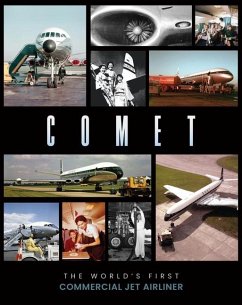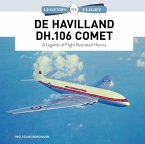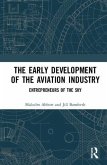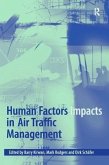t was a sensation! The World's first jet airliner flew for the first time barely four years after the end of the Second World War...and it was British. It revolutionised commercial air travel. It was the fastest airliner in the World and it inspired a post-war public with its pioneering jet engines and sleek design. Star-struck celebrities and royalty flew in it. The World's airlines were queuing up to order. And then triumph turned to tragedy. Packed with rare and unseen images and memorabilia, Comet delves into this amazing aircraft from the dark days of WW2 when it was conceived by Sir Geoffreyde Havilland, through its design and manufacture and introduction to service with BOAC amid cheering and flag waving. It covers in depth the tragic Comet crashes, the exhaustive work done on solving the crash mysteries and its successfu reincarnation, both for civil airlines and for the military, as the Comet 4 and eventually the RAF's Nimrod, the ultimate and final variant of the Comet design. This book also gives the reader a flavour of the excitement of air travel in the 1950s and provides an invaluable reference work to every Comet built.








